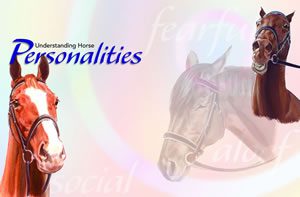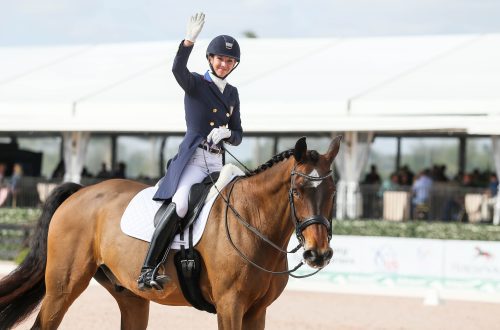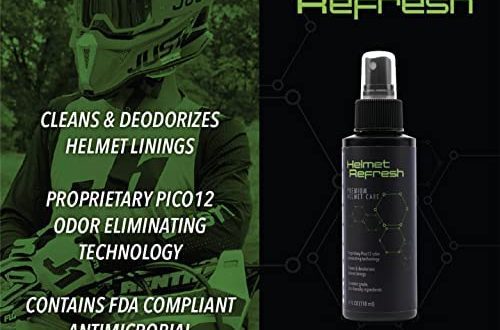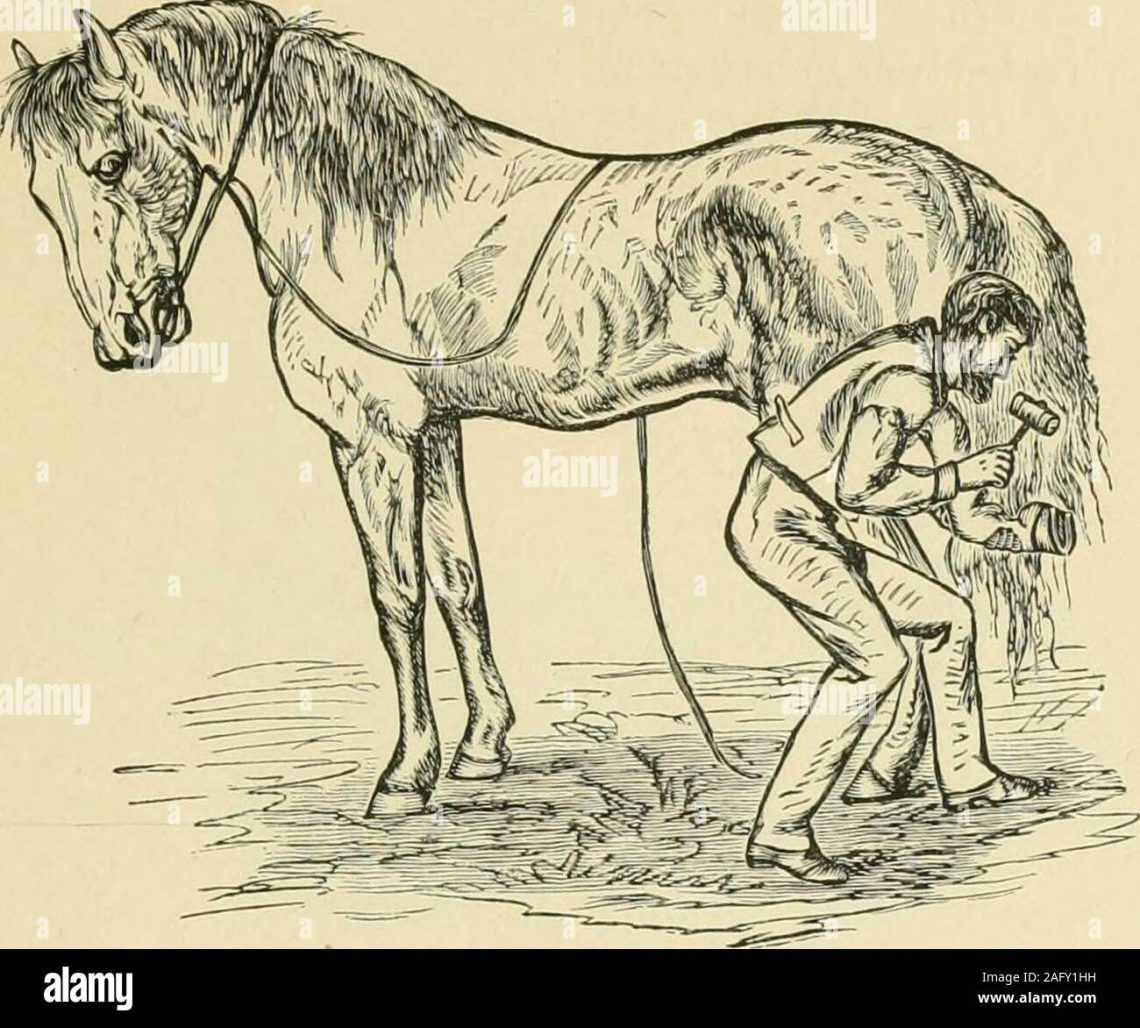
Carefully! Next to the horse!
Carefully! Next to the horse!
In this article, we do not set ourselves the goal of telling about all the safety rules that must be observed when near horses. They are usually introduced to beginner riders by their instructors.
Let’s talk about how to behave properly on the territory of the equestrian club, so as not to harm yourself, others, or horses!
First of all, when entering the stable, remember that horses are naturally very shy, so it is strongly recommended to not recommended to make noise. Loud screams and harsh sounds can make the horse think that he can be punished (after all, the voice is one of the means of influencing animals). Animals in the aisle at junctions may panic. And “with the size of an elephant, his poor eyesight is not his problem” – a frightened horse can harm not only you, but also himself.
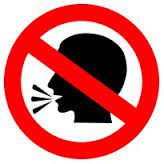
If you come with children, do not let them run around the stable. Explain that the horses rest here, this is their home, and that this is not the place to play!
Communicate with horses calmly and affectionately. If you need to be strict, then control yourself and do not break into a cry – you cannot be sure of the reaction of an unfamiliar animal!
If you’re walking down the aisle, in which a horse is standing behind you, you must first call to it, make sure that it has noticed you.
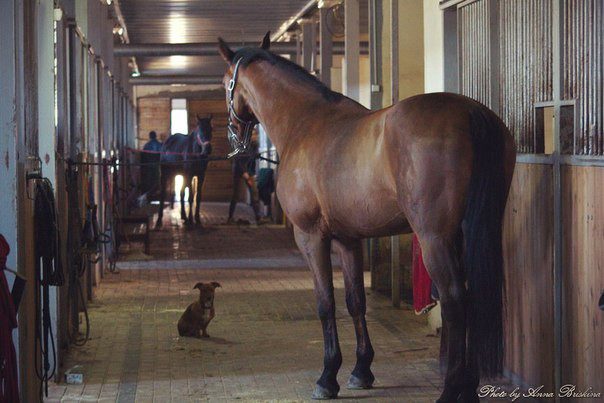
The thing is that the horse’s field of view is almost 360º, but it has two blind zones – a narrow one directly in front of it and a second, much wider one, behind it. Instincts tell the horse, in case of the slightest danger or surprise, to fend off it with powerful hind legs.
If a horse becomes frightened while you are on its side, it may arch its neck, turn sharply towards you and bite.
If the horse does not pinch its ears, does not show signs of aggression, you can pass.
Move as far as possible along the left side of the animal, avoid sudden movements. If you have a bag in your hands, then try to keep it away from the horse, it should not suddenly rustle. Some horses are afraid of unfamiliar objects and unexpected sounds. Just be careful if you have a whip, a broom or a shovel in your hands (you never know, suddenly you need something from this ordinary stable inventory) – they scare many horses.
Never enter stalls and levadas without permission trainer (instructor)!
First, it can be unsafe: you may encounter an aggressive animal in the territory that it considers its own. A horse, due to its size and power, can seriously injure a person and even kill …
Secondly, in equestrian clubs there are also private horses, which cannot be approached without the permission of their owners in principle.
Do not approach levadas with walking horses closer than one and a half meters. Do not turn your back on animals – most horses, of course, are peaceful creatures. But some of them may also rush, trying to grab you with their teeth. Do not let children into the levadas. You do not need unreasonable risk!
Strictly follow the trainer’s recommendations: if you are told that a horse is biting or kicking, then you should not think that he personally will like you so much that he will change his habits!
If you want to feed the horse, then the first thing you should do is ask the instructor for permission (some horses may be forbidden certain treats, you can’t feed private horses, some animals can be very sloppy when capturing food, and therefore dangerous, others aggressive).
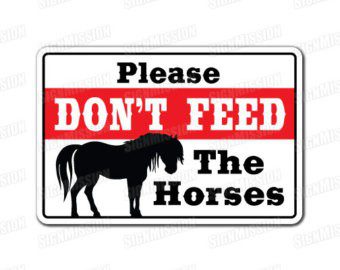
Do not stick your hands through the bars of the stall or levada. Horses have very sharp teeth and strong jaws, and treats can only be given in an open palm. The nursery is too small for this, so either insure the child by holding the palm wide open in your own palm (in fact, you will be feeding), or do not allow to feed – it’s safer.
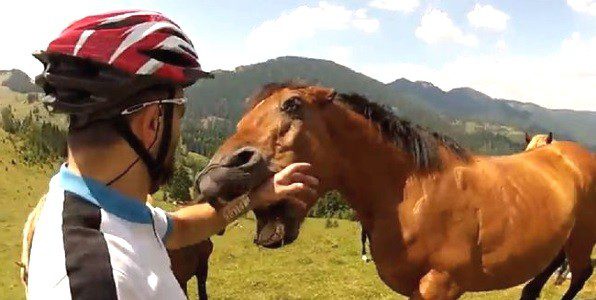
Do not offer treats to horses that walk in the levada. Even a small herd of three heads has its own hierarchy: the leader comes to the food first, and you may not guess him. Then the “lucky one” who received a gift not according to status can get it great.
You can read about what “sweets” you can bring with you to pamper your horses in this article.
At the stable, you will have to temporarily forget about bad habits!
Smoking ban in the stables is not so much about the fact that cigarette smoke is harmful to horses, and the fact that smoking in public places is not allowed.
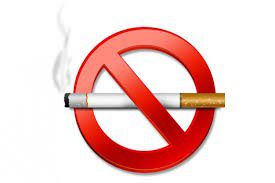
The main reason is fire safety equipment.
The fact is that the stables, like no other objects, are subject to easy ignition: the stalls are mostly made of wood and filled with sawdust, there is a lot of hay around. On the street, fire can fall on a dung beetle, which in the heat will burn no worse than the notorious peat bogs.
Stable fires claim many lives, and if people can escape a burning building by opening doors, then horses locked in stalls, panicking and resisting rescuers, have almost no chance of surviving!
If you can’t do without a smoke break, ask if there is a designated area for it, or just leave the club grounds temporarily.
Not recommended и drinking alcohol.
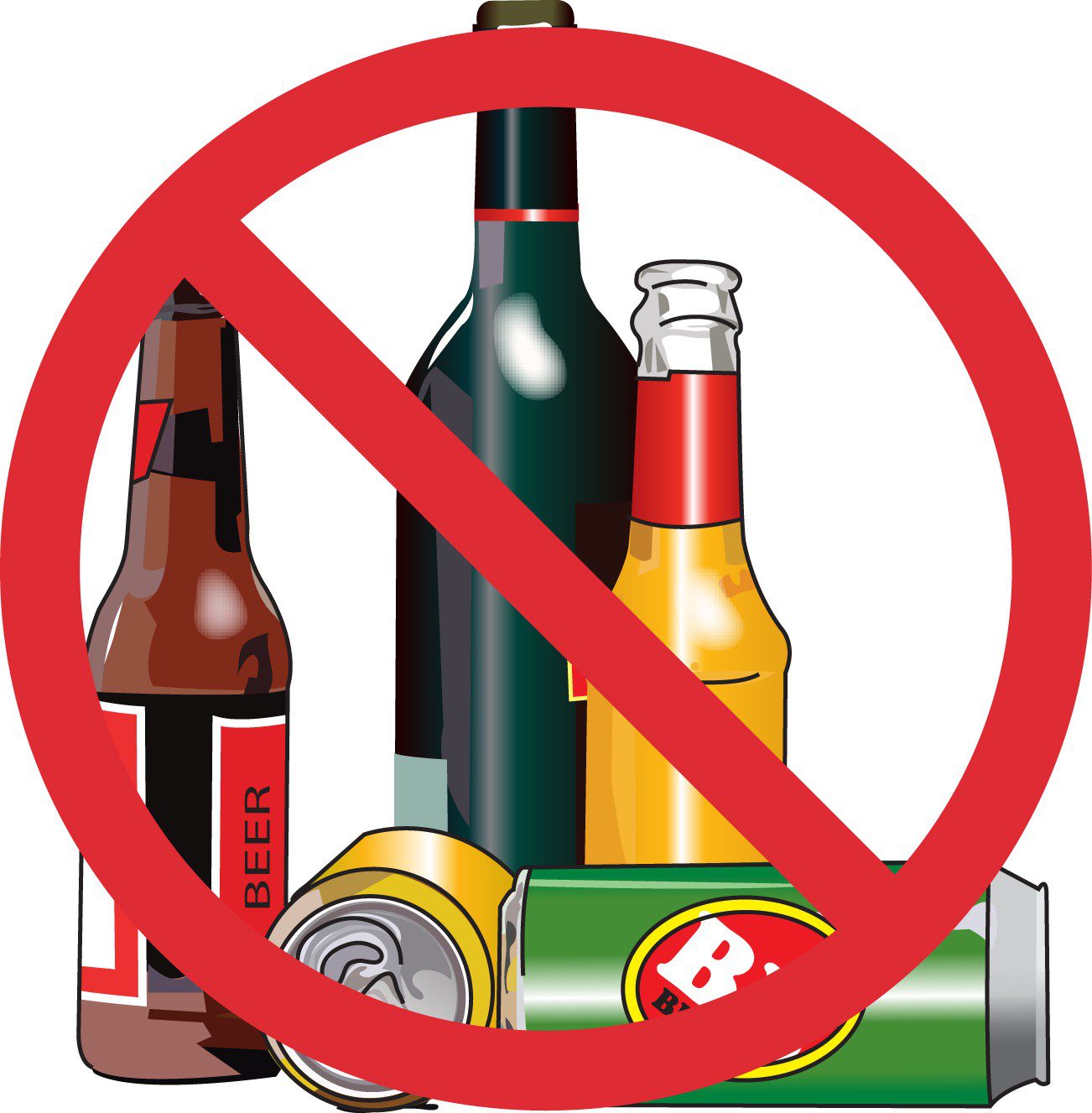
Many horses do not like the smell of alcohol, but this rule is related to another.
A drunk person has a slow reaction time. Horses, one way or another, are a source of increased danger. Here you can draw a direct analogy with driving a vehicle.
In addition, alcohol intoxication can adversely affect in the event of an emergency (what if you need medical assistance?).
If you were invited to a stable party or you came to the club for a visit, already being under a slight degree, just try not to approach the horses that day. Admire them from the outside.
Many clubs have photo and video ban, so before you take out your camera, make sure you’re allowed to film the stable and its inhabitants.
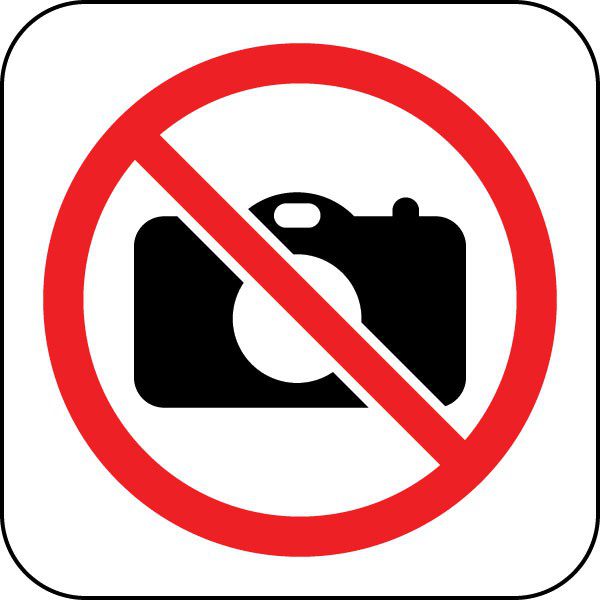
Many equestrians are also passionate dog breeders. Therefore, here we want to warn you.
Do not take your dog to the stable (at least on your first visits). If they took it, then make sure that it does not climb to the horses: they can beat it off or grab it with their teeth. Many horses are friendly with dogs, but it’s best to make sure your dog is safe while you ride. Note that your pet can harm horses. Are you confident in his exemplary behavior?
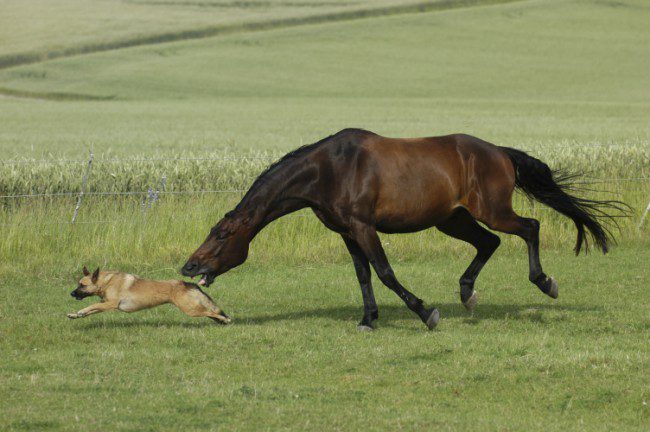
There is one more important circumstance: stable dogs. They can be tied or kept in cages, but they can also roam freely around the club. Don’t provoke a fight.
Take care of your safety. If, when riding, it is highly desirable for you to use helmet, then in everyday life it is very important to protect … legs!
Even if you did not intend to ride, you may be asked to just “hold” the horse or help clean it. Think about how hard a horse can step on its foot. Imagine that it is forged (and if the horseshoes are studded?). A painful bruise is the best thing you can expect. Therefore, slates, sandals and soft fabric shoes leave the dressing room outside: use horse shoes or just shoes with a fairly hard top.
So, you are next to the horse. Your goal is to clean it.
Feel free to ask the instructor about everything you don’t know, because it’s better to look insecure than to make mistakes that, when dealing with animals such as horses, can go sideways.
Horse cleaning – this is a kind of massage, many horses like it very much, and you will have a great chance to make friends and win over the animal.
Since in this article we are talking about safety and accuracy, we will not delve into the nuances of the cleaning procedure – this is a topic for a separate article. Let us draw your attention to just a few points.
Cleaning starts with hoof hooves (this procedure is carried out after training). It is important to remove all small pebbles and sawdust / soil from the hoof that have clogged inside. For this you will need a hoof hook.
Given that the horse’s legs can become quite dangerous, remember how to “take” them correctly.
Standing at the horse’s shoulder facing the horse’s hind legs, draw the leg down to the fetlock and ask the animal to raise the leg.
To clean the hind hooves, we stand at the croup. By no means behind the horse, namely on the side! Note that the hind legs are raised forward and upward due to their anatomy, so the hoof or fetlock will need to be held while brushing.
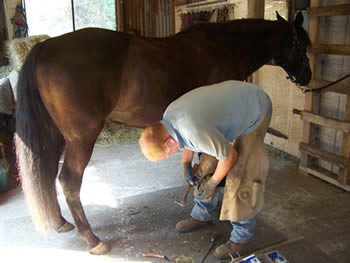
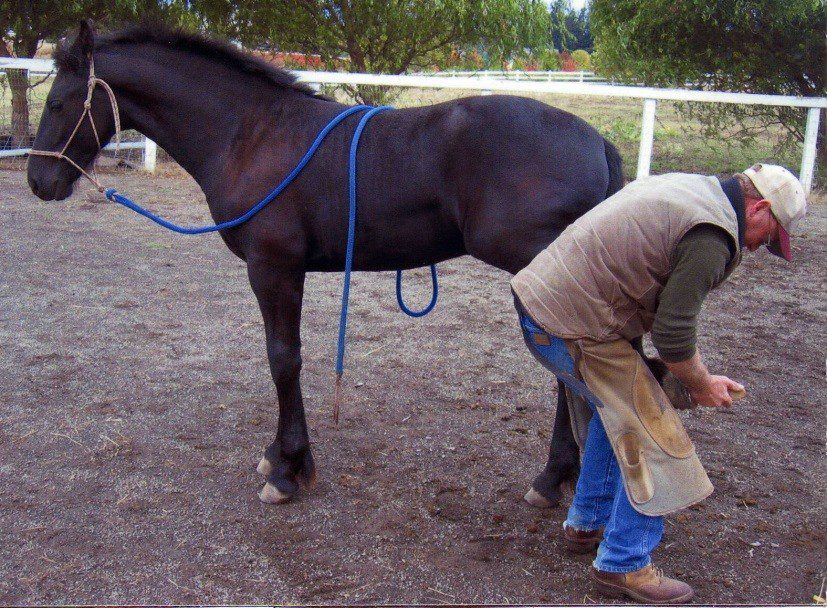
During the cleaning of the hooves, the horse may begin to “lean” on you with its weight. Until you are experienced enough to put a horse in its place, don’t try to fight it. If it’s hard for you, it’s better to admit it to the instructor.
When cleaning a horse, pay attention to the following.
1. Some horses feel cleaning in the groin and abdomen like a tickle. Therefore, in order not to be kicked at you, reduce the pressure of the comber.
2. Many horses don’t like being clean the face, touch the ears. An unhappy animal may shake its head violently, hitting you. Therefore, start cleaning carefully, follow the reaction of the “shielded”.
Your next “test” hold the horse on the bridle to the levada or to the place of training.
You will need to stand to the left of it (near the left shoulder), since all the horsemen of the world by default accustom the horse to the fact that all manipulations with it are carried out from this side. Of course, many train their horses to be “two-sided”, but this does not change the general rule. Now it is already difficult to name the reasons for this approach with certainty – someone believes that this is due to the fact that a saber was hanging on the left leg of the military, and only the right one could be thrown over the saddle when landing, someone is sure that the vast majority of residents the planets are right-handed and it is easier to hold the horse with the right hand.
Remove the rein from the horse’s neck before starting the movement (if it is put in martingale rings, you can leave it around the neck). Take the reins in your right hand and hold the end in your left. The right hand will be located directly under the lower jaw of the animal, slightly in front of you.
Pull on the reins, gently urging the horse to start moving.

If you are leading a horse on a halter, you will have a lead instead of reins.
If the horse is saddled, make sure that the stirrups are taut, because when moving, they can catch on something, and you risk injuring the saddle or horse’s back. If you do not want to pull them up, then you can simply throw the stirrups over the saddle.
Never turn your horse around – she has no collarbones, and for a turn you need to use a radius of at least three horse steps.
And now, finally, you are on the parade ground and ready for training.
Ahead – mounting. This process is very important, despite the fact that it is often underestimated.
What is special about it? Where to be careful?
Here, first of all, you will need to take care of the horse!
There are three landing options:
1. The classic and most common is landing on a horse from the ground. In this case, you stand with your back to the horse’s muzzle, pick up the right rein more tightly (then the horse will not be able to turn its muzzle to the left and grab you by the butt), turn the stirrup to face you, insert your left foot into it and, pushing off with your right foot, transfer it through the back saddle pommel.
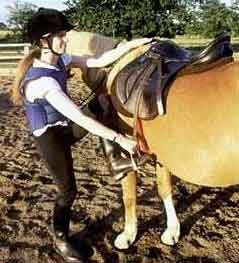
2. If there is no saddle on the horse’s back, or you can’t get into the saddle on your own (lack of strength, overweight), then you can be “hoisted” – the assistant will push you by the bent left leg. They also help to sit down and children who simply do not reach the stirrup. This method is good in that it protects the horse’s back from a heavy “splash” into the saddle of a rider who has difficulty landing.
3. Landing from an auxiliary ladder (or any other high stable object). This landing makes life easier for both the rider and the horse, although some horses have to be specially trained not to leave the ladder at the most important moment.
In all three cases, it is very important to make an active swing with the right foot, but to lower yourself into the saddle not sharply, but carefully. Have pity on horse backs!
Being on the training ground (parade ground, arena), strictly follow the instructions of the coach! Your safety, as well as the well-being of the horse, depends on it.
If you are not alone in the arena, remember the basic “rules of riding”.
1. The main thing – keep your distance. As you remember, nature rewarded the horse with strong hind legs. At the same time, many horses often do not tolerate if someone or something is approaching from behind: it will take them less than a second to strike. The consequences can be sad both for you and for the horse on which you are riding …
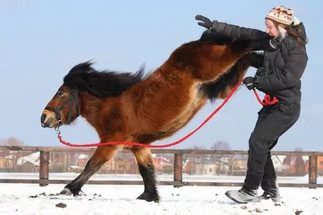
When riding in a shift (there is another horse in front of you), you need to track the distance of two horse lengths. This is not difficult: between the ears of your horse you should be able to see the hooves of the hind legs of the horse in front. The distance is reduced to one body if you can see the hocks. The faster the gait, the greater the distance must be observed. Look forward between your horse’s ears: not down, not sideways, but forward.
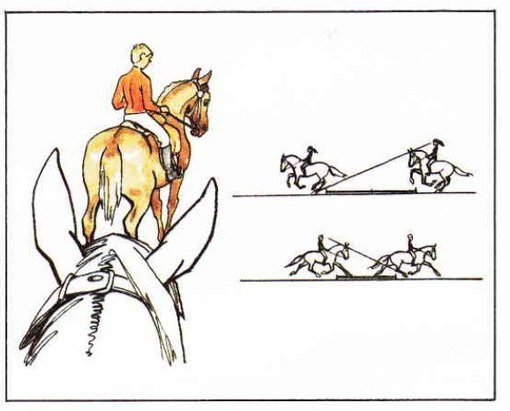
2. Oncoming riders always diverge with their left shoulders.
3. It is customary to inform other members of the “movement” about your plans. If you need to move diagonally or canter up the wall, feel free to say it out loud. In the same way, having heard the message of other riders – release the required trajectory, go to the center of the arena or, on the contrary, stand on the wall.
Do not shout, do not make sudden movements, do not stop without warning.
If for one reason or another you and your horse “dispersed” in the arena (you fell), but the rein remained in your hand, then put the whip aside and, calming the horse with your voice, calmly approach it. Wait for the coach’s help. If the horse is trying to hurt you, it’s best to let it go.
If you are on horseback and another rider has fallen, stop your horse and do not move until his horse is caught. Horses are herd animals and yours might support the idea of running for company. In the worst case, a fight may occur between the horses.
At the end of training, stop the horse in the middle of the work area or at the entrance so as not to interfere with other riders, drop both stirrups and dismount: move your body forward, jump your right foot over the horse’s croup and land, springing up at the knees, on two legs.
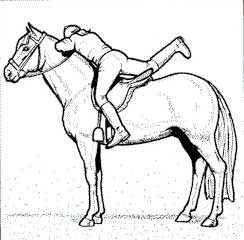
Now, with the permission of the terener, you can treat the horse with treats brought in advance!
Perhaps, after reading our article, you have decided that horses are too dangerous to mess with. However, it is not. It’s just that when handling them, like with any other animals, you need to follow certain rules of behavior. With experience, your actions and reactions will become automatic, the main thing is to avoid problems in the very initial period of training.
Caravel



